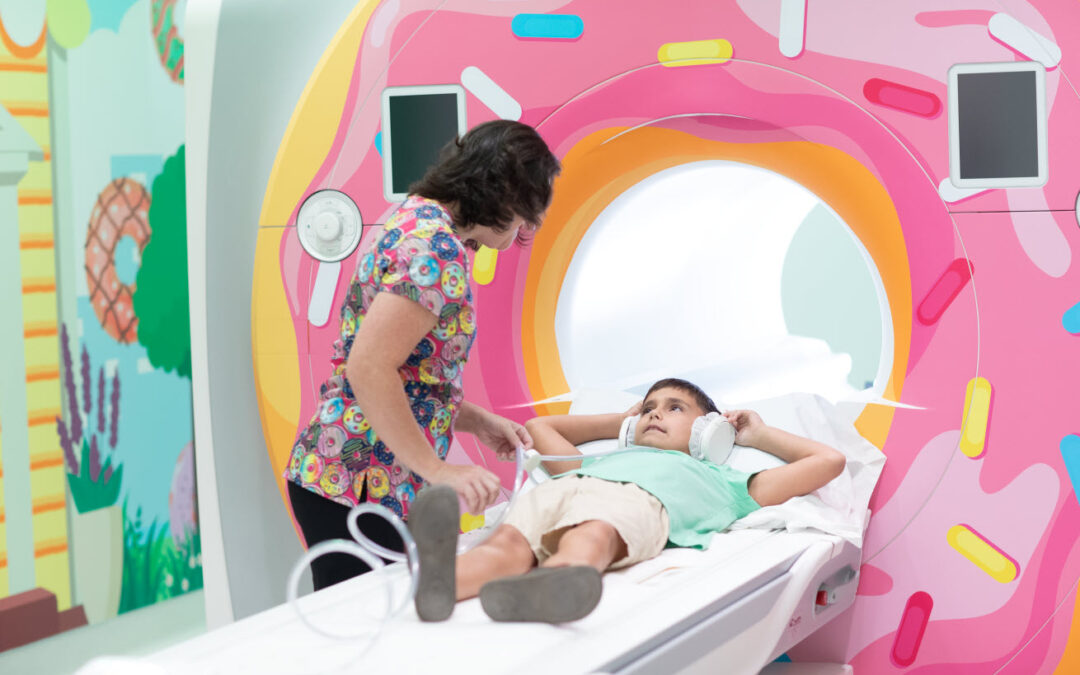Pediatric radiology is a subspecialty of radiology that deals with the imaging diagnosis and management of congenital and acquired diseases in infants, children, and adolescents. A pediatric radiologist is a physician who has undergone specialized training in medical imaging modalities such as X-rays, magnetic resonance imaging (MRI), computed tomography (CT), and ultrasound to diagnose and treat a range of pediatric conditions.
The role of pediatric radiologists is crucial in diagnosing and monitoring many childhood diseases. These may include congenital abnormalities such as heart defects, brain malformations, skeletal dysplasias, cancer, infections, and injuries. Pediatric radiologists provide expertise in interpreting images and work closely with other specialist physicians to ensure patients receive appropriate care.
Training to become a pediatric radiologist involves completing medical school, a one-year internship, and a four-year residency in radiology. After completing their residency, radiologists can pursue further specialization through a one to two-year fellowship in pediatric radiology. During this time, they develop skills in interpreting pediatric imaging studies and gain experience in various clinical settings related to pediatric radiology.
Pediatric radiologists are essential because children and their illnesses are much different from adults; many disease processes that infants and children have are unique to their specific age groups and require additional expertise. Additionally, children are more sensitive to radiation exposure and often require specialized imaging protocols to ensure their safety.
Pediatric radiologists are subspecialists who play a vital role in diagnosing and managing diseases in children. Their expertise in interpreting medical imaging studies can make a significant difference in the outcomes of patients with a range of pediatric conditions. Pediatric radiologists work closely with other healthcare providers to ensure their young patients receive the best care.








